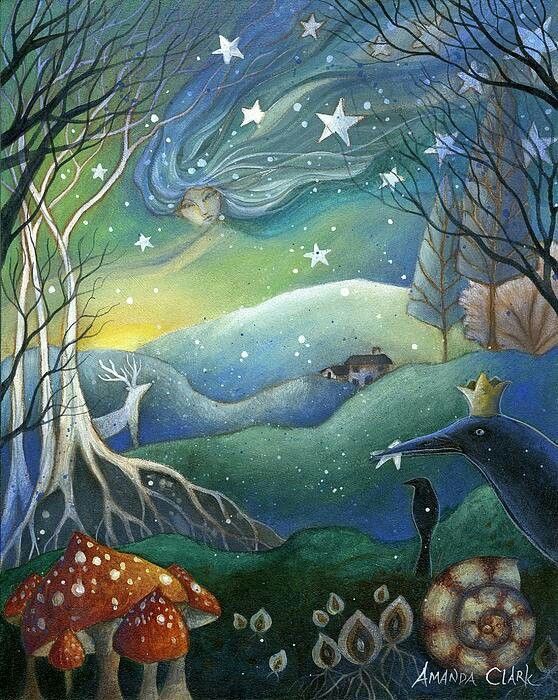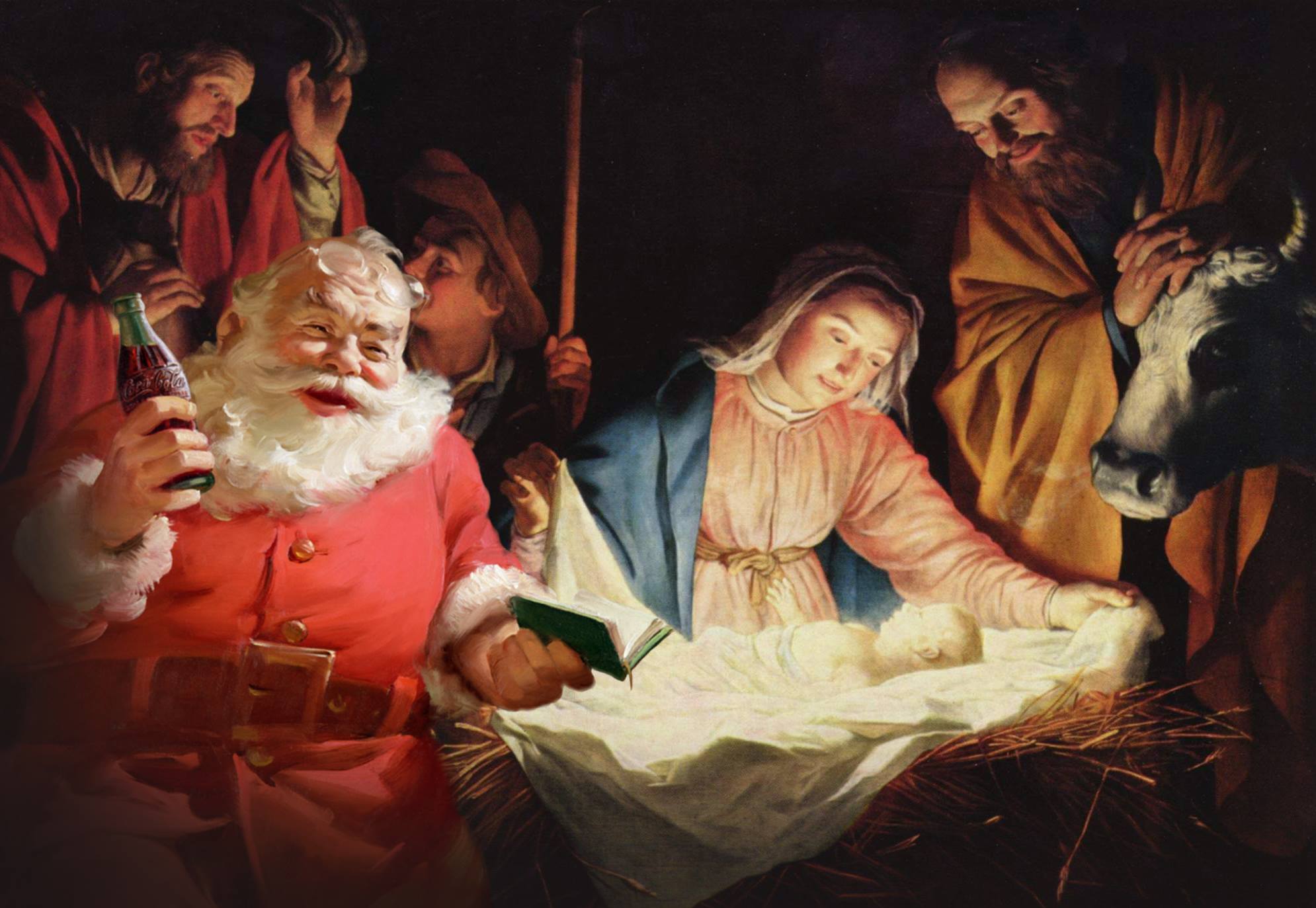Blog
John Patitucci (born December 22, 1959) is an American jazz bassist and composer. John James Patitucci was born in Brooklyn, New York. He began playing the electric bass at age 10, performing and composing at age 12, and at age 15, started playing the acoustic bass, as well as piano by age 16. He listened to bass parts in R&B songs on the radio and on his grandfather’s jazz records. He cites as influences Oscar Peterson‘s albums with Ray Brown and Wes Montgomery‘s with Ron Carter. For the development of rhythm, he points to the time he has spent with Danilo Pérez, a pianist from Panama. In the late 1970s he studied acoustic bass at San Francisco State University and Long Beach State University. He began his professional career when he moved to Los Angeles in 1980 and made connections with Henry Mancini, Dave Grusin, and Tom Scott. From the mid-1980s to the mid-1990s he was a member of three Chick Corea groups: the Elektric Band, the Akoustic Band, and the quartet. As a leader he formed a trio with Joey Calderazzo and Peter Erskine, and a quartet with Vinnie Colaiuta, Steve Tavaglione, and John Beasley. He has played with Herbie Hancock, Wayne Shorter, and Roy Haynes. Patitucci switches between double bass and electric bass.
more...Lil Green (December 22, 1919 (some sources give 1901 or 1910) – April 14, 1954) was an American classic female blues singer and songwriter. She was among the leading female rhythm and blues singers of the 1940s, with a sensual soprano voice. Gospel singer R.H. Harris lauded her voice, and her interpretation of religious songs. Originally named Lillian Green or Lillie May Johnson, she was born in Mississippi. After the early deaths of her parents, she began performing in her teens and, having honed her craft in the church performing gospel, she sang in Mississippi jukes, before heading to Chicago, Illinois, in 1929, where she would make all of her recordings.
more...
the southern constellation Grus (The Crane). But the three spiral galaxies at the lower right are quite striking. In fact, all three galaxies are grouped about 70 million light years away and sometimes known as the Grus Triplet. They share the pretty telescopic frame, recorded on December 13, with the comet designated C/2020 V2 ZTF. Now outbound from the inner Solar System and swinging below the ecliptic plane in a hyperbolic orbit, the comet was about 29 light-minutes from our fair planet in this image. And though comet ZTF was brighter when it was closest to the Sun last May and closest to Earth in September of 2023, it still shines in telescopes pointed toward southern night skies, remaining almost as bright as the Grus Triplet galaxies.
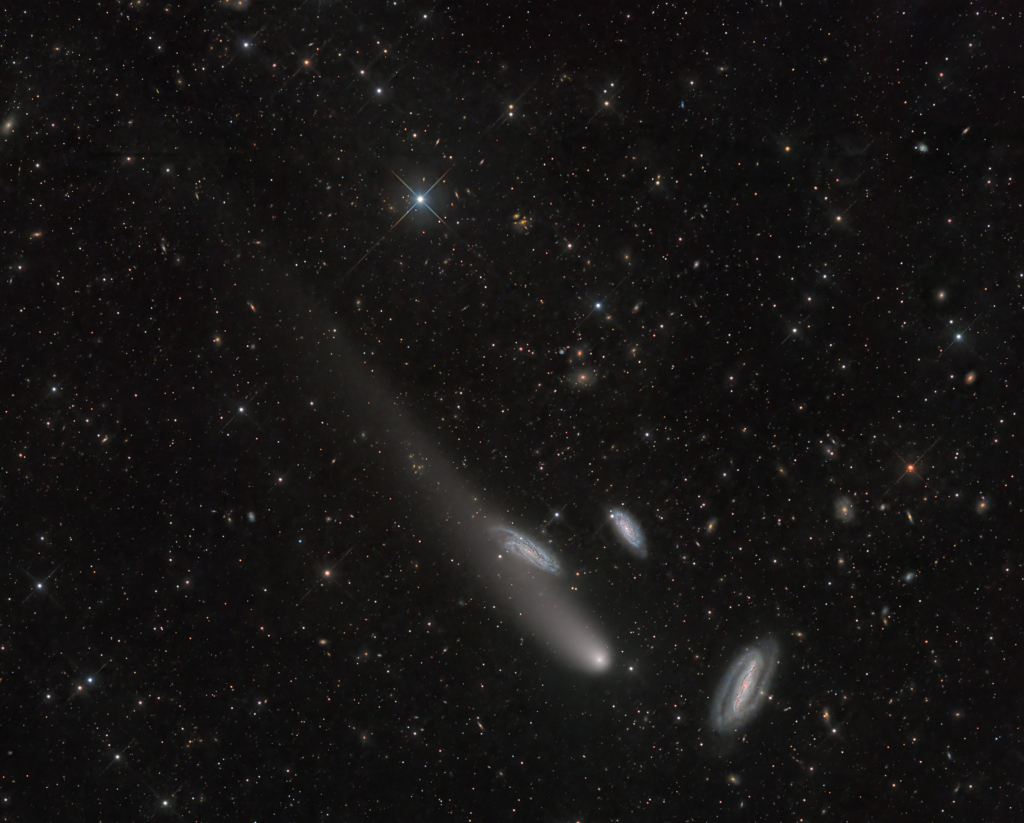
more...
Francisco Sánchez Gómez 21 December 1947 – 25 February 2014), known as Paco de Lucía , was a Spanish virtuoso flamenco guitarist, composer, and record producer. A leading proponent of the new flamenco style, he was one of the first flamenco guitarists to branch into classical and jazz. Richard Chapman and Eric Clapton, authors of Guitar: Music, History, Players, describe de Lucía as a “titanic figure in the world of flamenco guitar”, and Dennis Koster, author of Guitar Atlas, Flamenco, has referred to de Lucía as “one of history’s greatest guitarists”.
De Lucía was noted for his fast and fluent picados (fingerstyle runs). A master of contrast, he often juxtaposed picados and rasgueados (flamenco strumming) with more sensitive playing and was known for adding abstract chords and scale tones to his compositions with jazz influences. These innovations saw him play a key role in the development of traditional flamenco and the evolution of new flamenco and Latin jazz fusion from the 1970s. He received acclaim for his recordings with flamenco singer Camarón de la Isla in the 1970s, recording ten albums which are considered some of the most important and influential in flamenco history.
Some of de Lucía’s best known recordings include “Río Ancho” (later fused with Al Di Meola‘s “Mediterranean Sundance“), “Entre dos aguas“, “La Barrosa“, “Ímpetu“, “Cepa Andaluza” and “Gloria al Niño Ricardo“. His collaborations with guitarists John McLaughlin, Al Di Meola and Larry Coryell in the late 1970s saw him gain wider popularity outside his native Spain. De Lucía formed the Paco de Lucía Sextet in 1981 with his brothers, singer Pepe de Lucía and guitarist Ramón de Algeciras, and collaborated with jazz pianist Chick Corea on their 1990 album, Zyryab. In 1992, he performed live at Expo ’92 in Seville and a year later on the Plaza Mayor in Madrid. He also collaborated with guitarist Juan d’Anyelica on his album Cositas Buenas. After 2004 he greatly reduced his public performances, retiring from full touring, and typically only gave several concerts a year, usually in Spain and Germany and at European festivals during the summer months.
more...Frank Vincent Zappa (December 21, 1940 – December 4, 1993) was an American musician, composer, and bandleader. His work is characterized by nonconformity, free-form improvisation, sound experimentation, musical virtuosity and satire of American culture. In a career spanning more than 30 years, Zappa composed rock, pop, jazz, jazz fusion, orchestral and musique concrète works; he also produced almost all of the 60-plus albums that he released with his band the Mothers of Invention and as a solo artist. Zappa also directed feature-length films and music videos, and designed album covers. He is considered one of the most innovative and stylistically diverse musicians of his generation.
As a mostly self-taught composer and performer, Zappa had diverse musical influences that led him to create music that was sometimes difficult to categorize. While in his teens, he acquired a taste for 20th-century classical modernism, African-American rhythm and blues, and doo-wop music. He began writing classical music in high school, while at the same time playing drums in rhythm and blues bands, later switching to electric guitar. His debut studio album with the Mothers of Invention, Freak Out! (1966), combined songs in conventional rock and roll format with collective improvisations and studio-generated sound collages. He continued this eclectic and experimental approach whether the fundamental format was rock, jazz, or classical.
Zappa’s output is unified by a conceptual continuity he termed “Project/Object”, with numerous musical phrases, ideas, and characters reappearing across his albums. His lyrics reflected his iconoclastic views of established social and political processes, structures and movements, often humorously so, and he has been described as the “godfather” of comedy rock. He was a strident critic of mainstream education and organized religion, and a forthright and passionate advocate for freedom of speech, self-education, political participation and the abolition of censorship. Unlike many other rock musicians of his generation, he disapproved of recreational drug use, but supported decriminalization and regulation.
Zappa was a highly productive and prolific artist with a controversial critical standing; supporters of his music admired its compositional complexity, while detractors found it lacking emotional depth. He had greater commercial success outside the US, particularly in Europe. Though he worked as an independent artist, Zappa mostly relied on distribution agreements he had negotiated with the major record labels. He remains a major influence on musicians and composers. His many honors include his posthumous 1995 induction into the Rock and Roll Hall of Fame and the 1997 Grammy Lifetime Achievement Award.
more...Bennie Ross “Hank” Crawford, Jr. (December 21, 1934 – January 29, 2009) was an American alto saxophonist, pianist, arranger and songwriter whose genres ranged from R&B, hard bop, jazz-funk, and soul jazz. Crawford was musical director for Ray Charles before embarking on a solo career releasing many well-regarded albums for labels such as Atlantic, CTI and Milestone.
Crawford was born in Memphis, Tennessee, United States. He began formal piano studies at the age of nine and was soon playing for his church choir. His father had brought an alto saxophone home from the service and when Hank entered Manassas High School, he took it up in order to join the band. He credits Charlie Parker, Louis Jordan, Earl Bostic and Johnny Hodges as early influences.
Crawford appears on an early 1952 Memphis recording for B.B. King, with a band including Ben Branchand Ike Turner.
more...The Triangulum Galaxy is a spiral galaxy 2.73 million light-years (ly) from Earth in the constellationTriangulum. It is catalogued as Messier 33 or NGC (New General Catalogue) 598. With the D25 isophotal diameter of 18.74 kiloparsecs (61,100 light-years), the Triangulum Galaxy is the third-largest member of the Local Group of galaxies, behind the Andromeda Galaxy and the Milky Way.
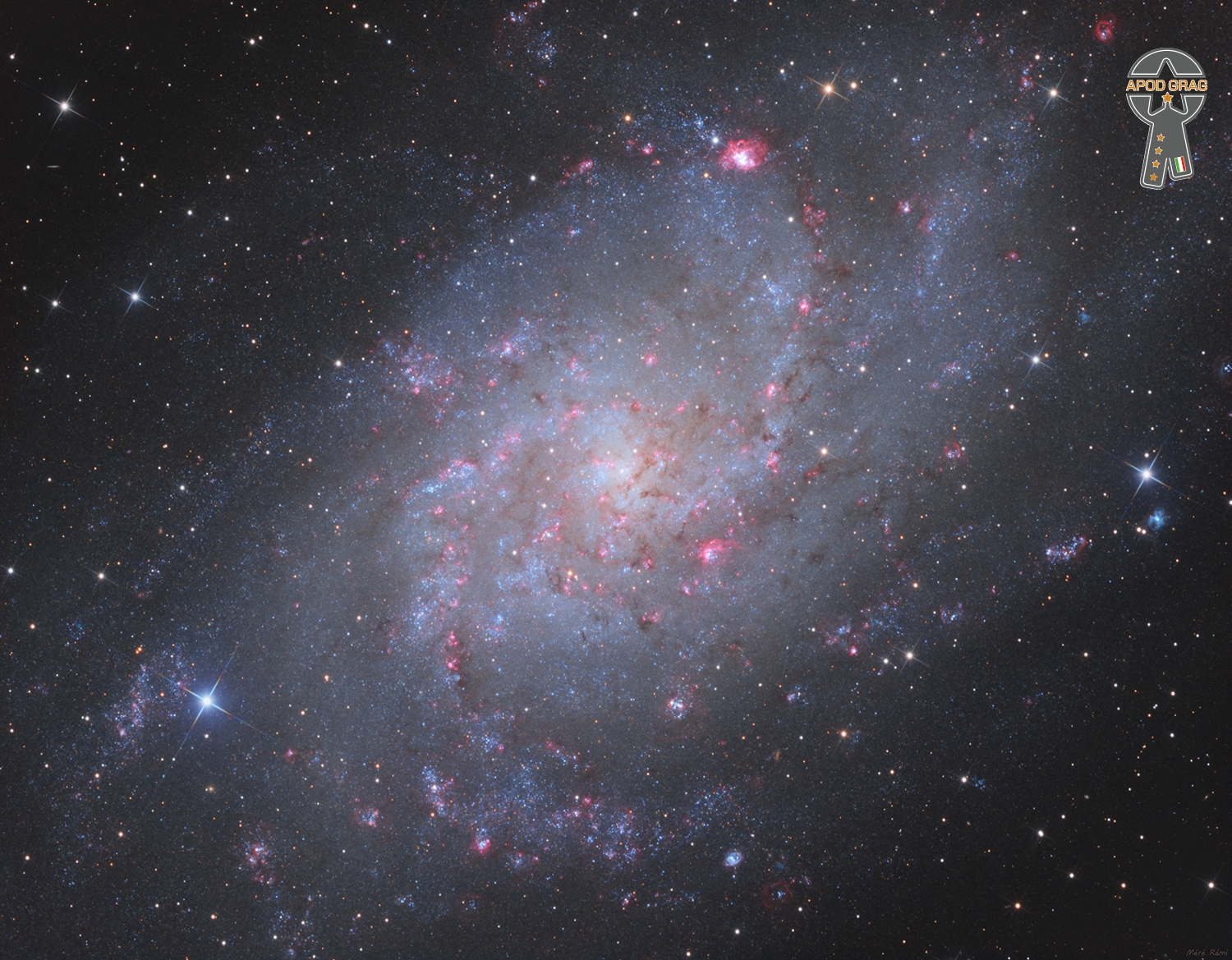
Alan Parsons OBE (born 20 December 1948) is an English audio engineer, songwriter, musician and record producer.
Parsons was the sound engineer on albums including the Beatles‘ Abbey Road (1969) and Let It Be(1970), Pink Floyd‘s The Dark Side of the Moon (1973), and the eponymous debut album by Ambrosia in 1975. Parsons’s own group, the Alan Parsons Project, as well as his subsequent solo recordings, have also been commercially successful. He has been nominated for 13 Grammy Awards, with his first win occurring in 2019 for Best Immersive Audio Album for Eye in the Sky (35th Anniversary Edition).
more...Pleasant Joseph, known as Cousin Joe, (December 20, 1907 — October 2, 1989) was a New Orleans blues and jazz singer, famous for his 1940s recordings with Sidney Bechet and Mezz Mezzrow.
He was born in Wallace, Louisiana, United States, and worked at Whitney Plantation throughout his childhood.
Until 1945, Cousin Joe toured Louisiana; that year he was asked to take part in the King Jazz recording sessions organized by Mezzrow and Bechet.
In the 1970s, Cousin Joe toured extensively throughout the UK and Europe, both individually and as part of the American Blues Legends ’74 revue organised by Big Bear Music. He also recorded the album Gospel-Wailing, Jazz-Playing, Rock’n’Rolling, Soul-Shouting, Tap-Dancing Bluesman From New Orleansfor Big Bear.
Cousin Joe died in his sleep from natural causes in New Orleans, at the age of 81. He was survived by his wife Irene Joseph, son Michael and his three grandchildren Rahsaan, Mignonne and Jarrell.
more...Lawrence Elliott Willis (December 20, 1942 – September 29, 2019) was an American jazz pianist and composer. He performed in a wide range of styles, including jazz fusion, Afro-Cuban jazz, bebop, and avant-garde.
Willis was born in New York City. After his first year studying music theory at the Manhattan School of Music he began performing regularly with Jackie McLean. After he graduated he made his first jazz recording, McLean’s Right Now! in January 1965, which featured two of Willis’ compositions. His first recording of any type, however, was as a singer with the Music and Arts Chorale Ensemble, performing an opera by Aaron Copland under the direction of Leonard Bernstein. He decided to concentrate on jazz because of the difficulties African-American musicians had in finding work in concert music.
Throughout his career he performed with a wide range of musicians, including several years as keyboardist for Blood, Sweat & Tears (beginning in 1972). He spent several years as pianist for trumpeters Nat Adderley and Woody Shaw as well as long and productive tenures with Roy Hargrove and with Jerry Gonzalez and his Fort Apache Band. His late recording with Paul Murphy, Exposé, demonstrated the fusion principles of bebop and avant-garde jazz. His composition “Sanctuary” began exploring works employing strings. After a successful performance in Frank Lloyd Wright‘s Annie Pfieffer Chapel at Florida Southern College‘s Child of the Sun Jazz Festival he was commissioned to write a full-scale orchestral work for jazz trio and orchestra. He worked with Hugh Masekela on a South African Suite of music and interpreted Miles Davis‘ work. He was in the Round About Midnight tour of Miles Davis’ music. He received the Don Redman award in 2011, and the Benny Golson Jazz Master Award at Howard University in 2012.
He died of an aneurysm in Baltimore at the age of 76.
more...the outline of this molecular space cloud echoes the outline of the state of California, USA. Our Sun has its home within the Milky Way’sOrion Arm, only about 1,000 light-years from the California Nebula. Also known as NGC 1499, the classic emission nebula is around 100 light-years long. On the featured image, the most prominent glow of the California Nebula is the red light characteristic of hydrogen atoms recombining with long lost electrons, stripped away (ionized) by energetic starlight. The star most likely providing the energetic starlight that ionizes much of the nebular gas is the bright, hot, bluish Xi Persei just to the right of the nebula. A regular target for astrophotographers, the California Nebula can be spotted with a wide-field telescope under a dark sky toward the constellation of Perseus, not far from the Pleiades.
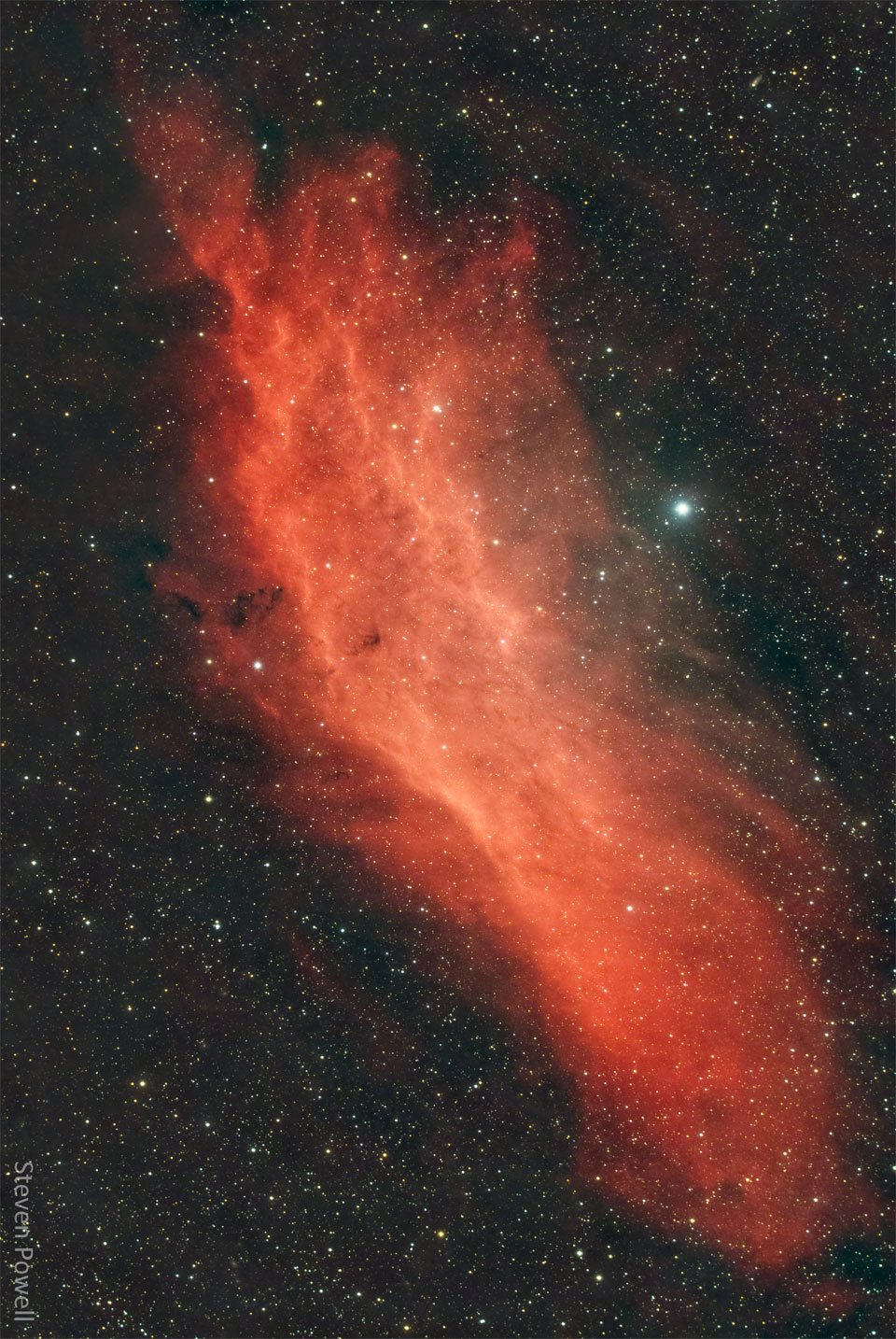
Kermit Ruffins (born December 19, 1964) is an American jazz trumpeter, singer, and composer from New Orleans. He has been influenced by Louis Armstrong and Louis Jordan and says that the highest note he can hit on trumpet is a high C. He often accompanies his songs with his own vocals. Most of his bands perform New Orleans jazz standards though he also composes many of his own pieces. Jon Pareles of The New York Times wrote, “Mr. Ruffins is an unabashed entertainer who plays trumpet with a bright, silvery tone, sings with off-the-cuff charm and never gets too abstruse in his material.”
He started playing trumpet in 8th grade at Lawless Junior High School in the Ninth Ward of New Orleans. He attended Joseph S. Clark High School in the 6th Ward and St Peter Claver Church in Tremé. In high school, he played a little bit of classical music at the behest of a strict band teacher.
He developed an appreciation for cooking from his grandmother, observing her movements in the kitchen.
more...More Posts
- Bootsy Collins Day
- Eddie Henderson Day
- Detroit Junior Day
- World Music with Manolo Franco
- Daily Roots with Jah Melodie
- Voices of Sepharad with Laurie Wohl Concert at the 11th Abrahamic Traditions Dinner
- The Cosmos with NGC 7000
- Jimmy Heath Day
- Earl Palmer Day
- Eddie Lang Day
- World Music with Corvus Corax
- Daily Roots with the Abyssinians
- Lisa Gutkin Performance Tech 10-24-18
- The Cosmos with NGC 772
- Joe Watkins Day
- Jimmy Dawkins Day
- Sonny Terry Day
- World Music with Mahala Rai Banda
- Daily Roots with Pablo Moses
- The Cosmos with NGC 4676
